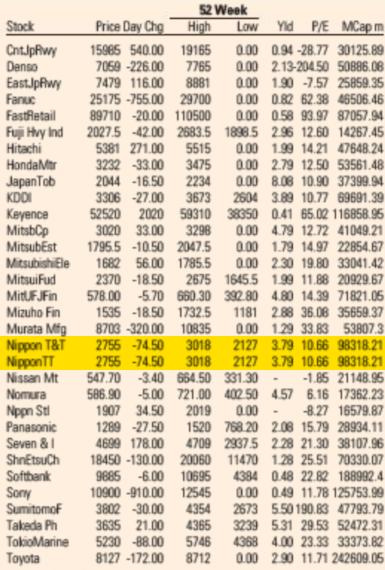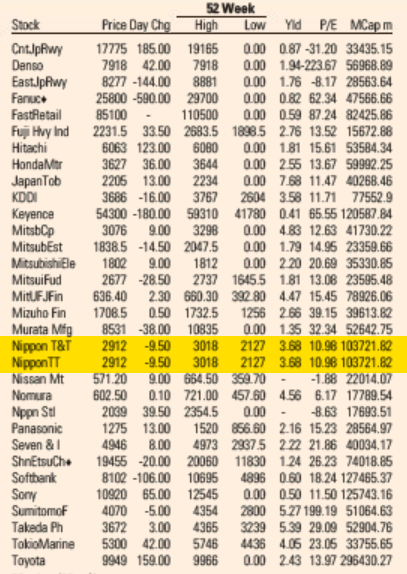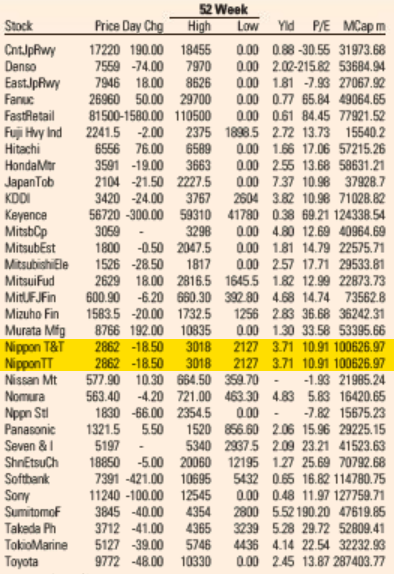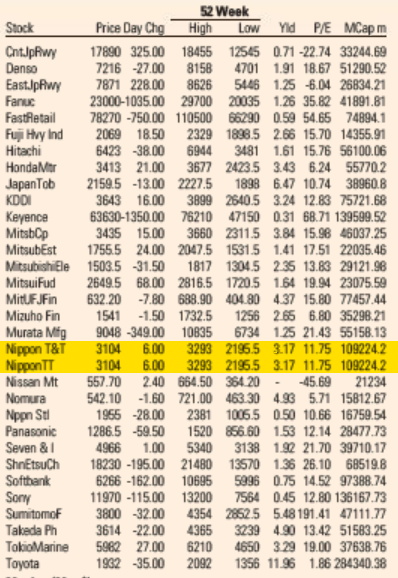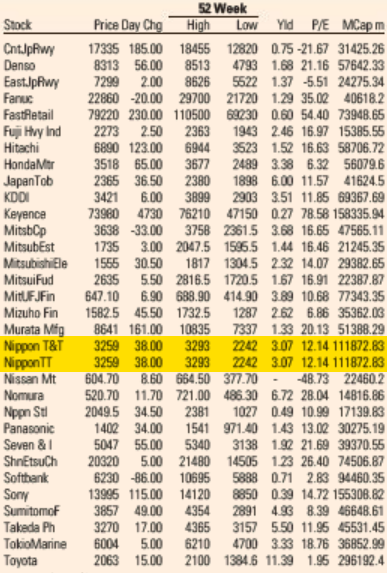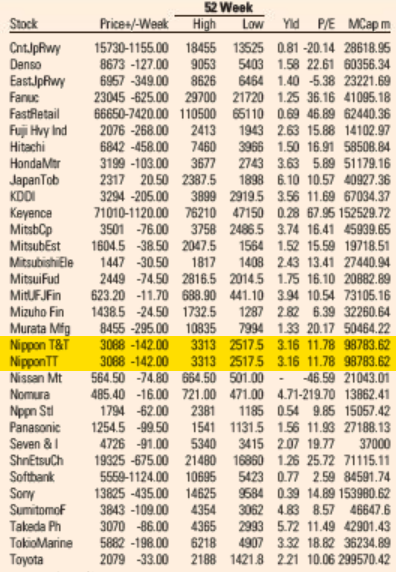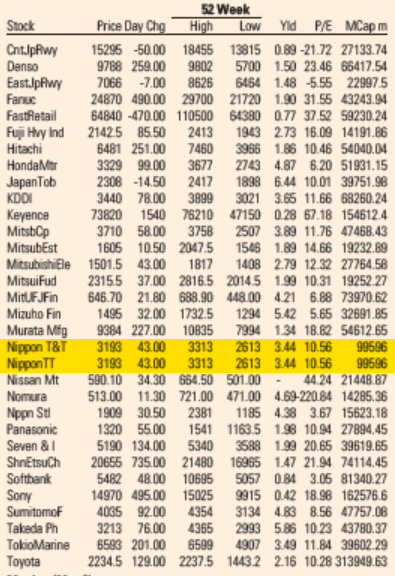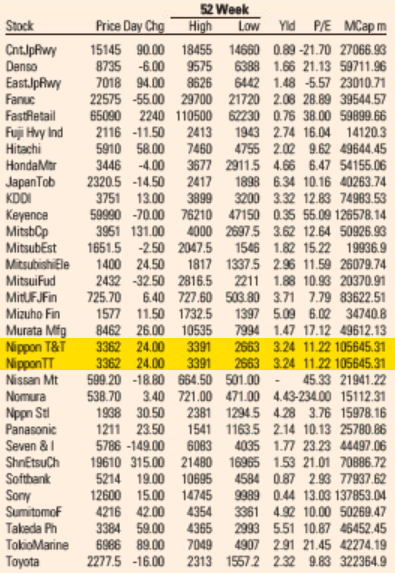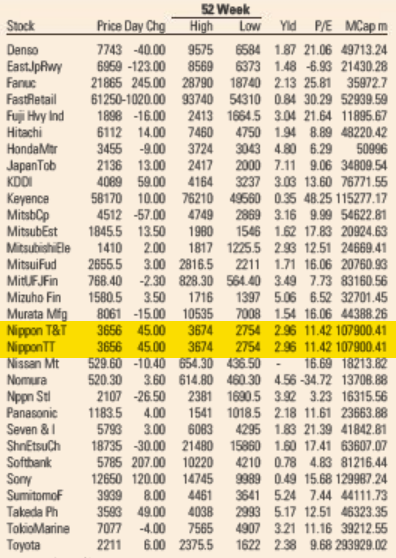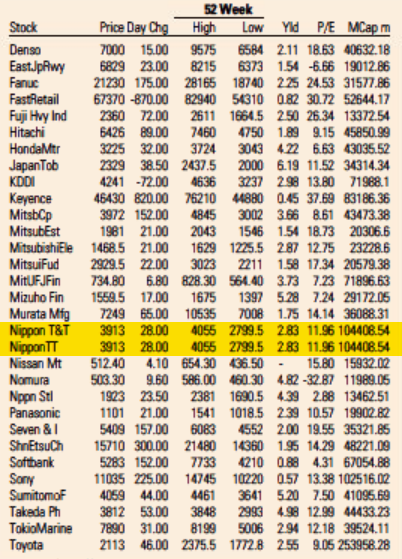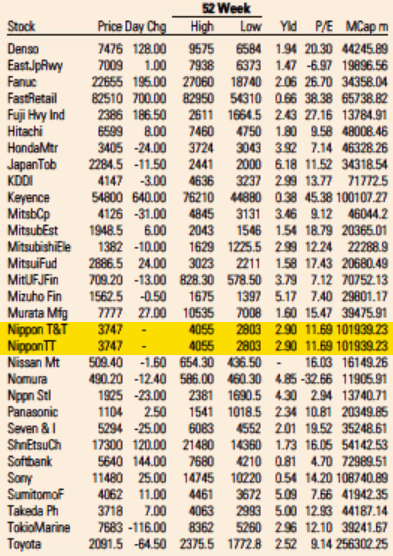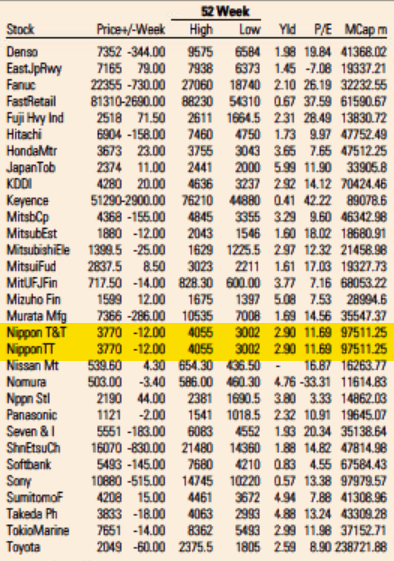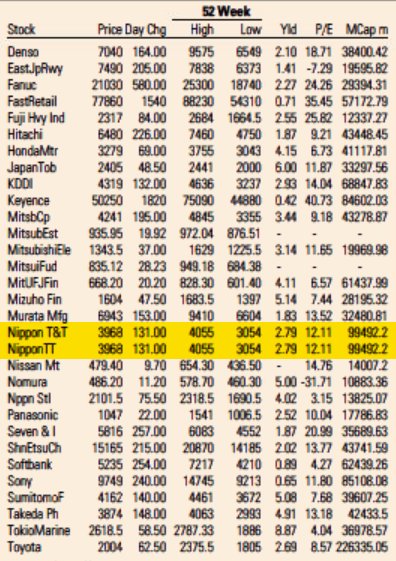The Financial Times has been printing an obvious error on its “Market Data” page for 18 months and nobody else seems to have noticed
copyrighteous 2022-11-27
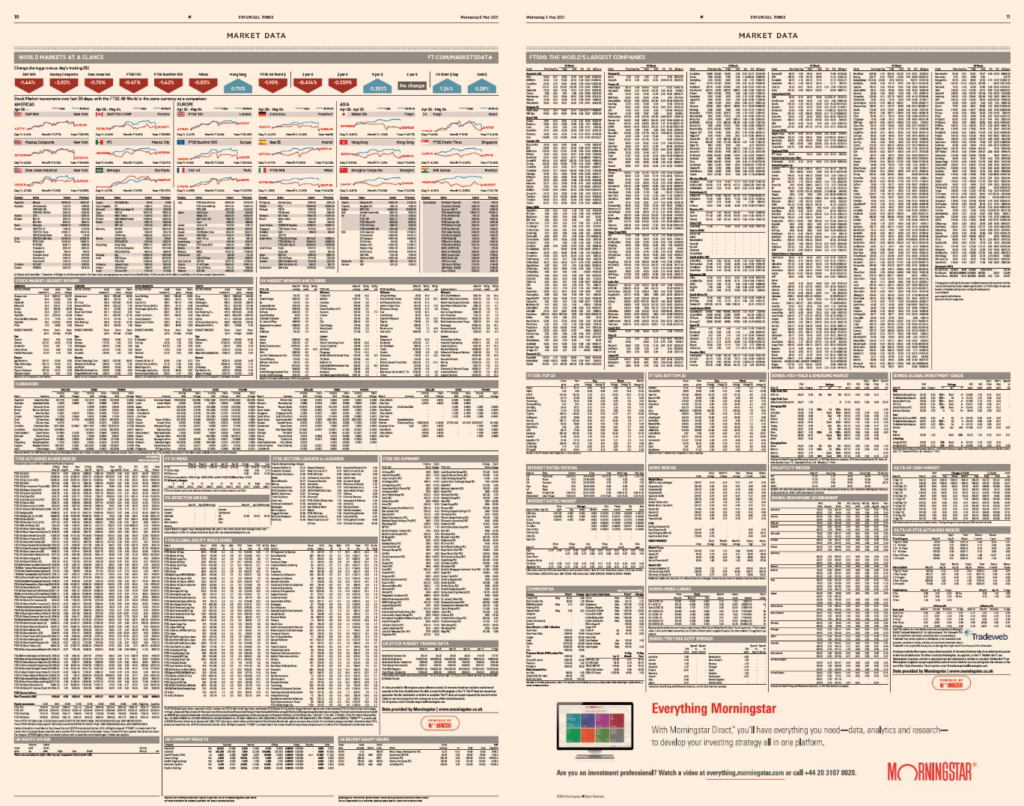 Market Data section of the Financial Times US Edition print edition from May 5, 2021.
Market Data section of the Financial Times US Edition print edition from May 5, 2021.If you’ve flipped through printed broadsheet newspapers, you’ve probably seen pages full of tiny text listing prices and other market information for stocks and commodities. And you’ve almost certainly just turned the page. Anybody interested in this market prices today will turn to the internet where these numbers are available in real time and where you don’t need to squint to find what you need. This is presumably why many newspapers have stopped printing these types of pages or dramatically reduced the space devoted to them. Major financial newspapers however—like the Financial Times (FT)—still print multiple pages of market data daily. But does anybody read them?
The answer appears to be “no.” How do I know? I noticed an error in the FT‘s “Market Data” page that anybody looking in the relevant section of the page would have seen. And I have watched it been reproduced every single day for the last 18 months.
In early May last year, I noticed that the the Japanese telecom giant Nippon Telegraph and Telephon (NTT) was listed twice on the FT‘s list of the 500 largest global companies: once as “Nippon T&T” and also as “Nippon TT.” One right above the other. All the numbers are identical. Clearly a mistake.
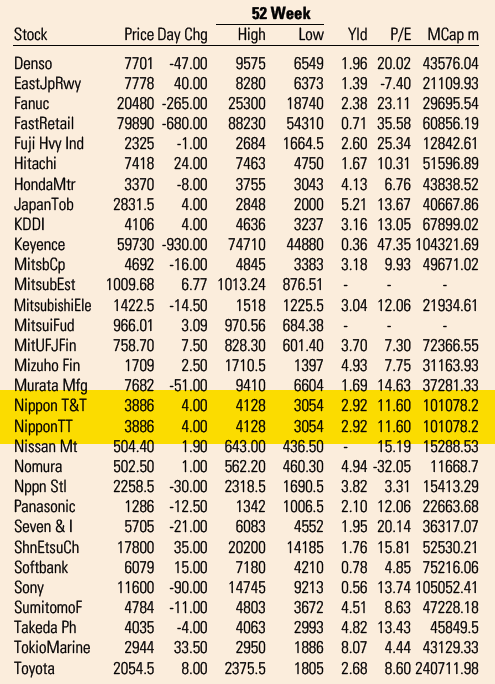 Reproduction of the FT Market Data section showing a subset of Japanese companies from the FT 500 list of global companies. The duplicate lines are highlighted in yellow. This page is from today’s paper (November 26, 2022).
Reproduction of the FT Market Data section showing a subset of Japanese companies from the FT 500 list of global companies. The duplicate lines are highlighted in yellow. This page is from today’s paper (November 26, 2022).Wondering if it was a one-off error, I looked at a copy of the paper from about a week before and saw that the error did not exist then. I looked a copy from one day before and saw that it did. Since the issue was apparently recurring, but new at the time, I figured someone at the paper would notice and fix it quickly. I was wrong. It has been 18 months now and the error has been reproduced every single day.
Looking through the archives, it seems that the first day the error showed up was May 5, 2021. I’ve included a screenshot from the electronic paper version from that day—and from the fifth of every month since then (or the sixth if the paper was not printed on the fifth)—that shows that the error is reproduced every day. A quick look in the archives suggests it not only appears in the US edition but also in the UK, European, Asian, and Middle East editions. All of them.
Why does this matter? The FT prints over 112,000 copies of its paper, six days a week. This duplicate line takes up almost no space, of course, so it’s not a big deal on its own. But devoting two full broadsheet pages to market data that is out date as soon as it is printed—much of which nobody appears to be reading—doesn’t seem like a great use of resources. There’s an argument to made that papers like the FT print these these pages not because they are useful but because doing so is a signal of the publications’ identities as serious financial papers. But that hardly seems like a good enough reason on its own if nobody is looking at them. It seems well past time for newspapers to stop wasting paper and ink on these pages.
I respect that some people think that printing paper newspapers at all is wasteful when one can just read the material online. Plenty of people disagree, of course. But who will disagree with a call to stop printing material that evidence suggests is not being seen by anybody? If an error this obvious can exist for so long, it seems clear that nobody—not even anybody at the FT itself—is reading it.
